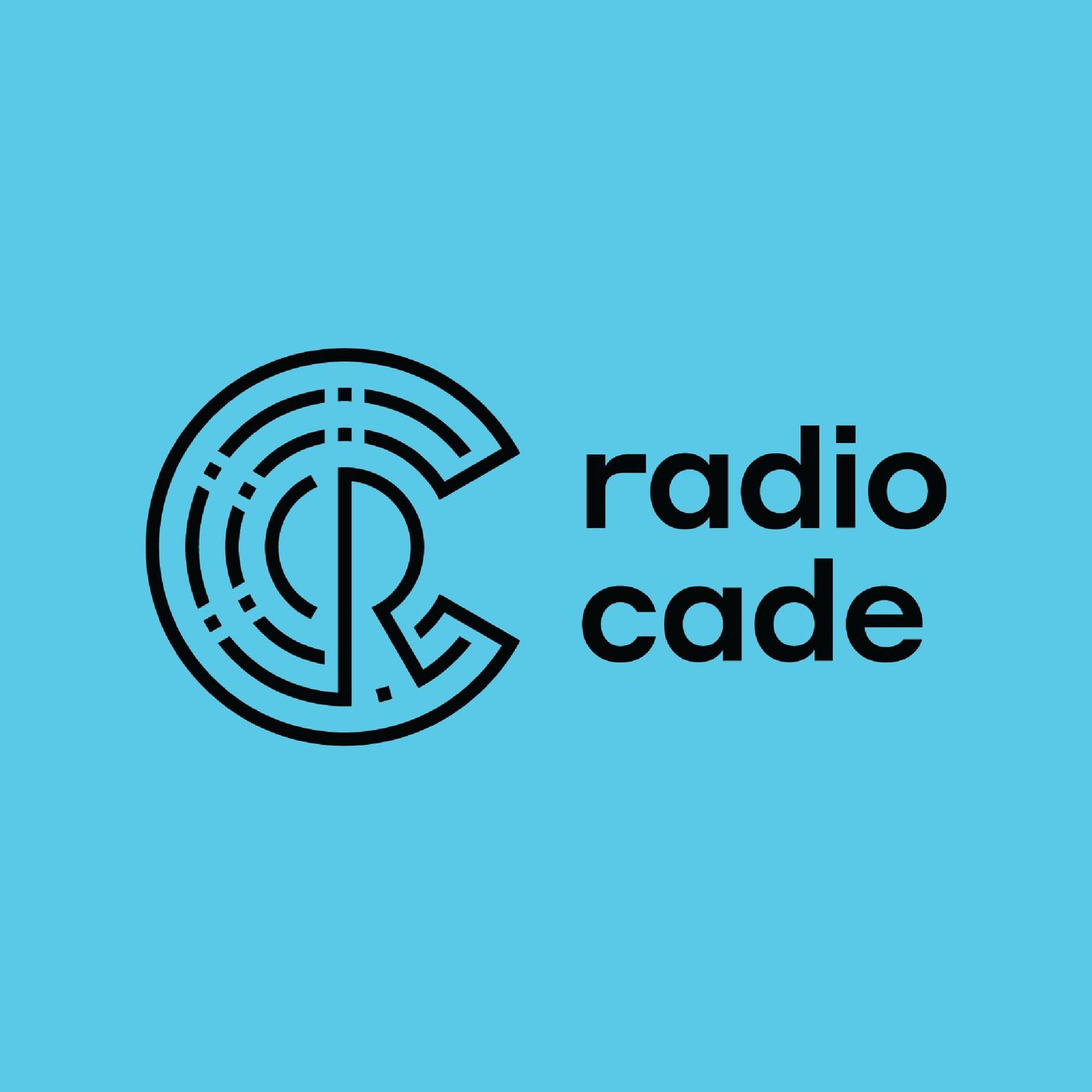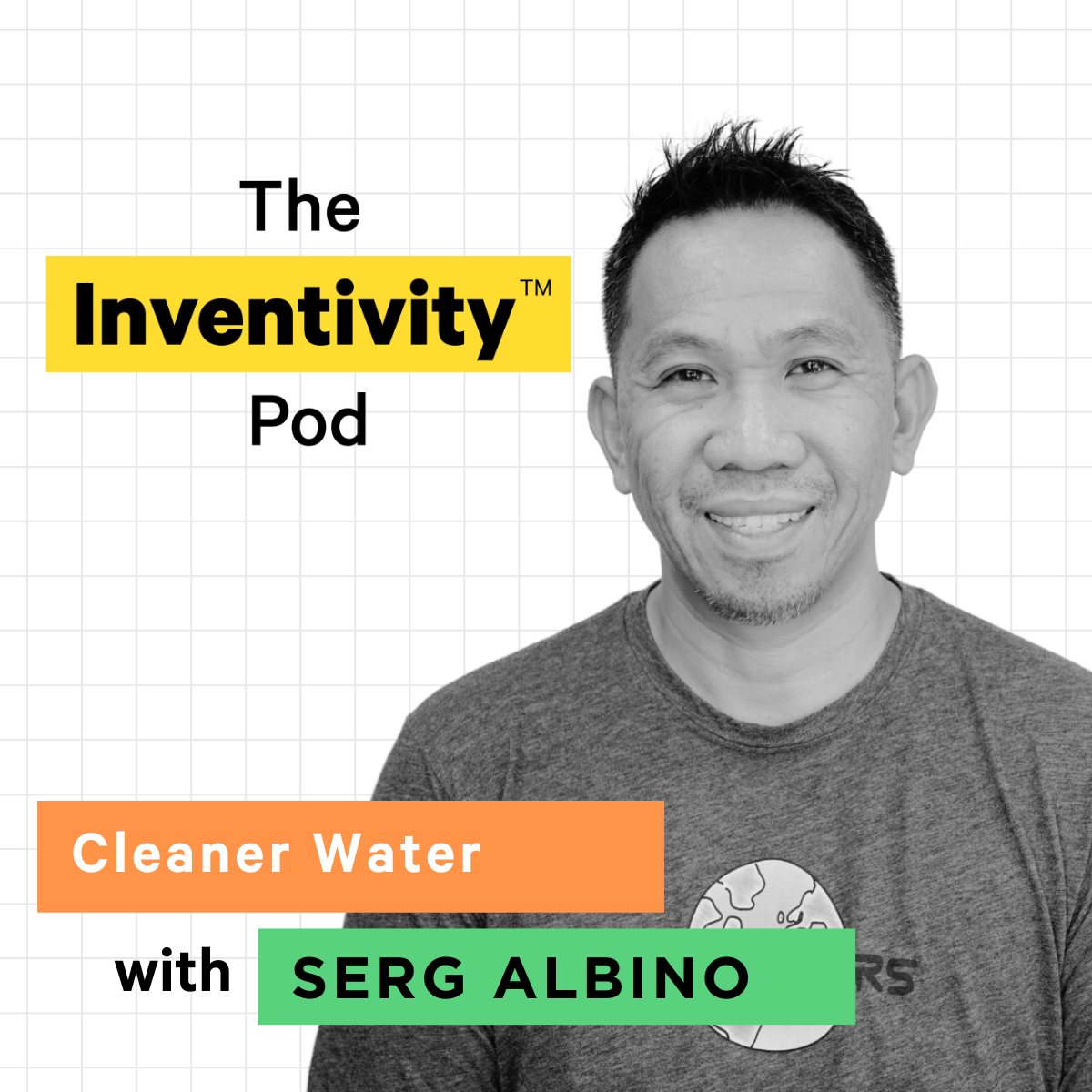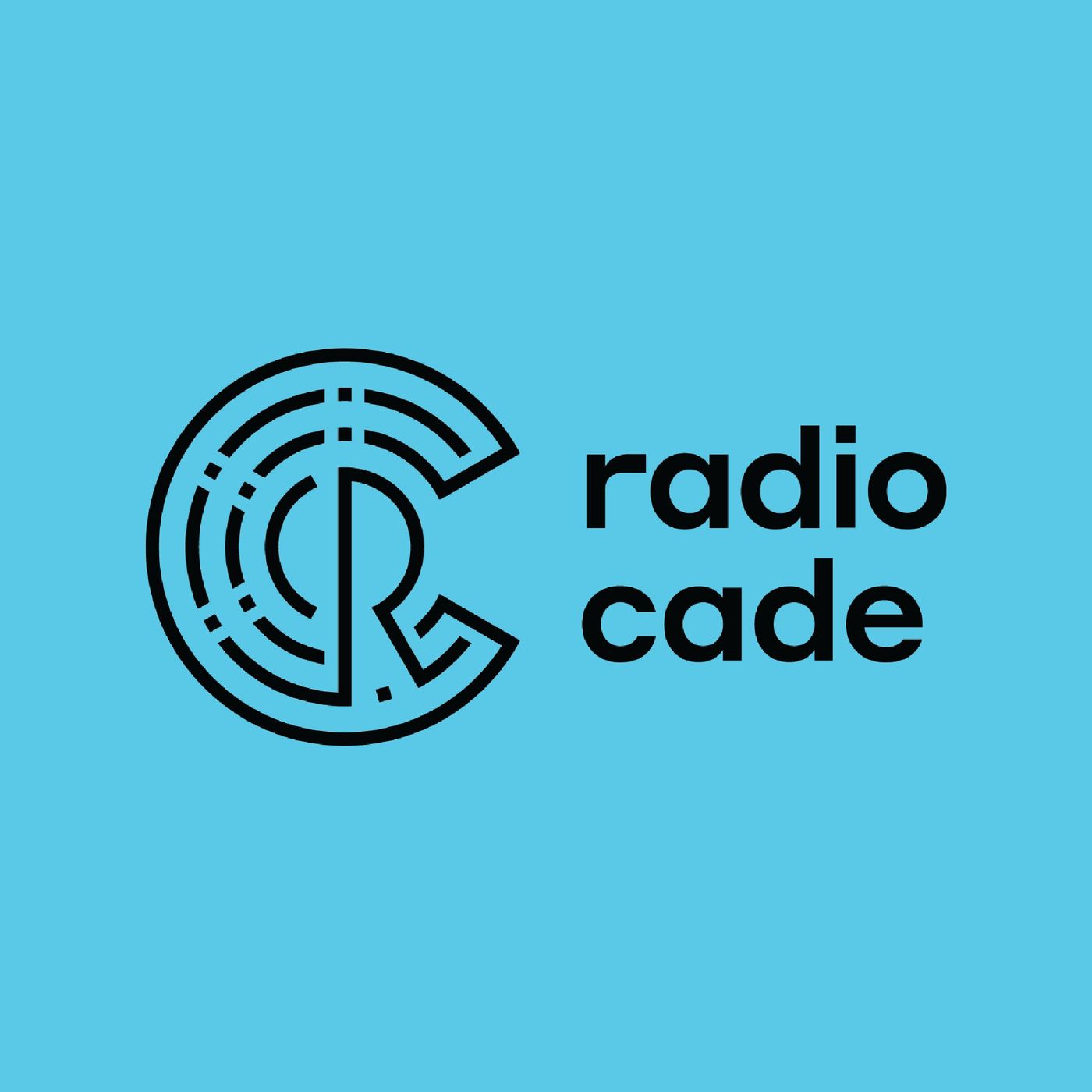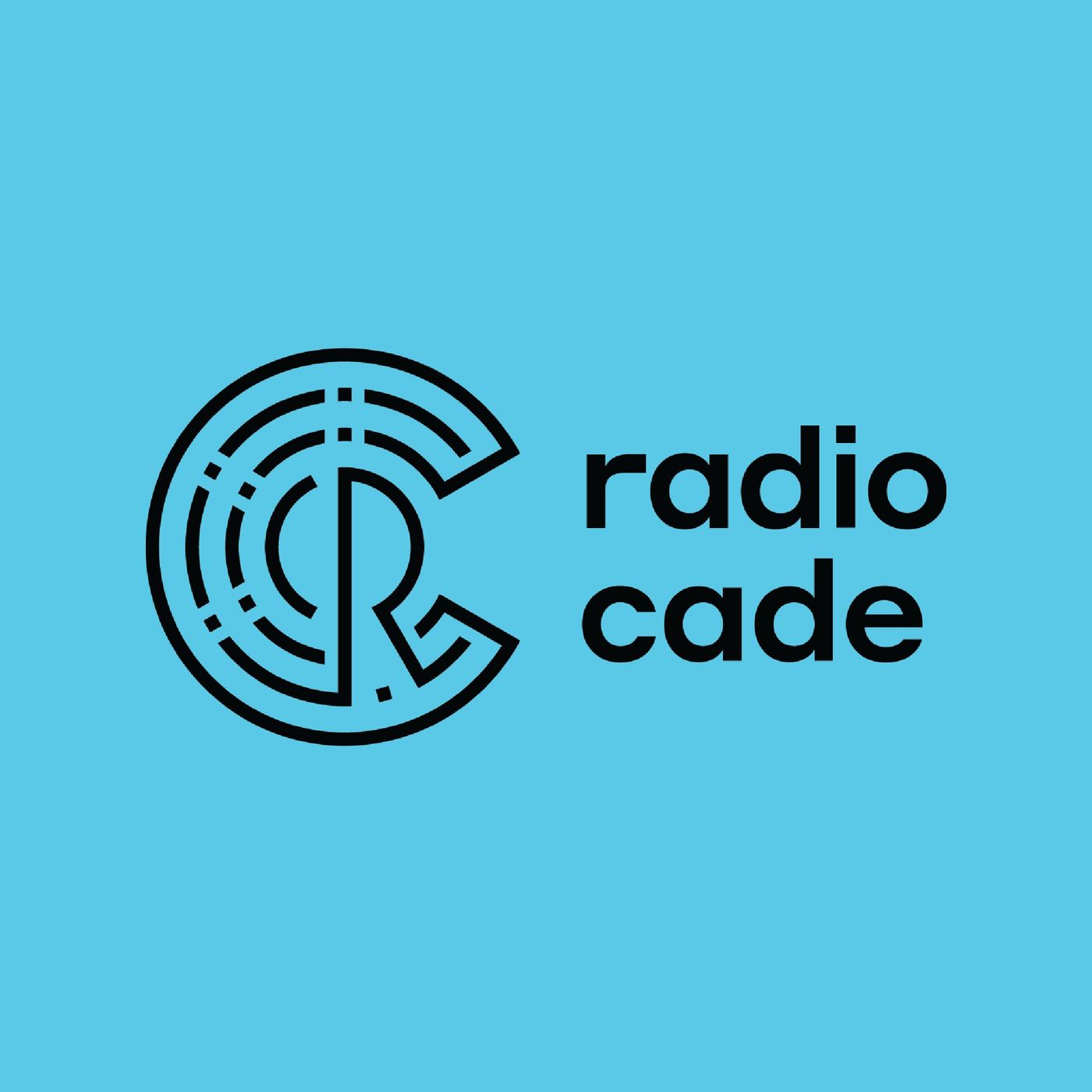Show Notes
James Di Virgilio talks to Daniel Barousse, the founder of Slice, a company that makes components for 3D printers that help improve their performance. Daniel and his co-founder Chris Montgomery literally started in a garage, tinkering their way to solutions to problems they encountered with 3D printers at work. In just over a year of existence, Slice is now distributing its product in 12 countries.
TRANSCRIPT:
Intro: 0:01
Inventors and their inventions. Welcome to Radio Cade a podcast from the Cade Museum for Creativity and invention in Gainesville, Florida, the museum is named after James Robert Cade, who invented Gatorade in 1965. My name is Richard Miles. We’ll introduce you to inventors and the things that motivate them, we’ll learn about their personal stories, how their inventions work, and how their ideas get from the laboratory to the marketplace.
James Di Virgilio: 0:39
For Radio Cade, I’m James de Virgilio. My guest today is Daniel Barousse. He is the CEO and co-founder of Slice Engineering. Daniel, welcome to the podcast.
Daniel Barousse: 0:48
Thanks for having me.
James Di Virgilio: 0:49
Now, it says on your website and elsewhere, that what you do is you supercharge 3D printer technology. What does that actually mean?
Daniel Barousse: 0:58
We’re a manufacturer we design and manufacture components for 3D printers. Your PC has an Intel sticker on it. More than likely Intel makes the chip that goes inside of your computer, your , for your PC. So we’re doing similar things for 3D printers. We’re making components for 3D printers, specifically ones that help to improve the performance either with higher temperature materials or more capable engineering grade materials, or allow you to print faster, better resolution, things like that.
James Di Virgilio: 1:25
Well, let’s talk about 3D printers for a second. This is a topic that confuses and confounds me. Cause when I think of 3D printer, I still think of like trying to print something out and now comes a sheet of paper with things on it. It’s called a printer, but what really is a 3D printer? What is it capable of? Is the sky the limit here? I mean, what is this device that you’re improving?
Daniel Barousse: 1:45
So one of the cool things about 3D printing is that you mentioned limits. Essentially the limit is sort of your imagination. Anything you can design on a computer with CAD, you can pretty much 3D print and turn into a physical object. So that’s really the appeal, especially for like a DIY consumer type person. They’ve made me have an idea of, Oh, I want to create a new product or I want to just make a bracket for something in my garage. If you can think of it and design it in a computer, you can pull the real object in your hand within a few hours. So that’s pretty amazing in terms of what it is. If you imagine plastic being on a spool, like a spool of thread, and then that plastic being fed through a hot glue gun, the hot glue gun would melt the plastic and then squirted out onto what’s called the build plate or like a sheet of paper, basically where the object is being created. And instead of doing it in two dimensions, it builds it in three. So the build plate goes down or the hot glue gun it’s called the hot end goes up and builds layer upon layer until you come out with a 3D object at the end.
James Di Virgilio: 2:45
So if I want to print a bumper for a car, this can be done?
Daniel Barousse: 2:49
That can be done. Yep.
James Di Virgilio: 2:50
And how does Slice improve my 3D printing of a car’s bumper? Sure. So we could allow you to print it out, have a better material, for example. So if you like the water bottles that are sitting in front of us, those are made of a plastic called PETG. If you wanted to print a PETG bumper, it’s a lower temperature plastic, it’s kind of easy to do. It’s not the best material for your bumper. If you run into somebody else with your PETG bumper, it’s not gonna survive the impact. So you want to use a higher temperature and engineering grade plastic that can survive the impact. So you can print it . Can you 3D print metal objects?
Daniel Barousse: 3:24
Yes. With an asterisk . So we can print metals that are embedded into a plastic carrier. So if you imagine metal as a pure metal and a fine particle form, being embedded into that same spool of plastic, that plastic thread, and you could print that plastic thread and then put your final object into what’s called a centering oven, and what it does is it evaporates the plastic and leaves behind the metal that was printed. So you do have a metal object at the end, but you’re not directly manipulating metal. If that makes sense,
James Di Virgilio: 3:56
It does make sense. And let’s talk about how we got to this point of your story. Obviously you’re an expert in 3D printing. Your company helps to assist and supercharge these processes once upon a time that wasn’t the case. So you went to school at UF?
Daniel Barousse: 4:09
I did. Yeah.
James Di Virgilio: 4:10
You have a degree in mechanical engineering, and then what happened from there?
Daniel Barousse: 4:14
A couple Internships in different types of industries. I worked in aerospace for a little bit and worked in power generation for a little bit, but I was doing a bunch of research in biomechanics atF while I was an undergrad and I decided from those disparate experiences, I was going to try and pursue something in the medical arena cause I wanted to make an impact and help people. So I ended up staying in Gainesville. I worked for Progress Park. If you’re familiar with the area, RTI Surgical is up there as well as Oxygen. So I worked for both of those companies for about six years. And during that experience I ran into, or I met the gentleman who became my co-founder, same as Chris Montgomery and his family has been in the area for a really long time. We basically encountered some problems with 3D printing. We were using it at work and we encountered some problems that we couldn’t solve or nobody that we talked to could solve. So Chris said, well, I bet you , I could figure out a way to fix this. And we went back to his garage and he came up with a great idea that we then launched into a company.
James Di Virgilio: 5:06
So had you done extensive research to see if anyone else had solved this problem already and come to the point to where definitively there was no solution?
Daniel Barousse: 5:14
Yeah we had phone calls with companies in Germany, the UK, had email traffic going back and forth with people all over the world to try and find somebody to solve this.
James Di Virgilio: 5:23
And no one could. So then you decide to solve it, create a prototype in the garage, take the prototype where?
Daniel Barousse: 5:30
So we built the first prototypes in the garage. And then there was a local company here, a little machine shop that built six of them for us. So we could test more. And then we found a manufacturer here in the U.S. That built first pre-production. Once we built like 40 ish of them and went to a trade show, sold out in a couple of hours. So we were like, okay, validated the concept that there was a need for this, that it wasn’t just us that recognized, Hey, we have this weird problem that nobody else does. This is a real problem that other people have as well.
James Di Virgilio: 5:56
And so at this show, you weren’t necessarily sure how many people were going to have this problem and unbeknownst to you, they’re saying, Oh, this is the exact solution that I need. Now from there, did you take on investor funding? Is this a self funded company? How did you wind up financing the next level of production for these pieces?
Daniel Barousse: 6:13
It’s all been bootstrapped so far. So myself, Chris, who I mentioned, and we have a third partner and three of us have basically funded it from our savings and revenue coming in.
James Di Virgilio: 6:21
And how old is Slice now?
Daniel Barousse: 6:23
We, launched, I guess, publicly in March, 2018. So just a little over a year and a half.
James Di Virgilio: 6:29
And you’re in multiple countries, correct?
Daniel Barousse: 6:30
We are yeah. We have distributors in 12 countries, I believe.
James Di Virgilio: 6:34
What does it look like in the next five years for Slice? What problems are you trying to solve? Or are you at the curve where you’re trying to say, we need to continue to produce this prototype or what we have, or are you at a next level already saying, we can do this and now make this that much better? Where are you in that curve?
Daniel Barousse: 6:48
So we’ve already launched a second generation version of the first product that we built. The first one we launched was sort of like our flagship model and we’ve built a less expensive version. That’s more targeted at a desktop market as opposed to an industrial market. We just had a successful Kickstarter campaign for that, that finished up on the 1st of January of this year. And we’re continuing to look at the future for other future product developments. There’s multiple types of 3D printing and we’re in one right now. So we’ve been focused on that and we will have more innovations coming out this year and in the following years in that realm, but we’re also looking at other types of 3D printing. And how can we expand into those in a way that is value added, right? Where we’re coming up with a new innovation in the market that nobody else is doing.
James Di Virgilio: 7:27
And how does slice get it’s customers? Are you actively marketing? Do they find you because it’s this niche situation where they need to solve this problem? How does that happen?
Daniel Barousse: 7:36
So we do a lot of trade shows and that’s the way we get mostly our industrial customers is through trade shows, but we’re also doing marketing. We were on Facebook and Google ads. We reach out to people that we find on forums. We’ve established an online presence that allows us to extend our reach. And that’s probably the biggest struggle in growing a business of any kind is how do you expand your customer base? And so that’s something we ask ourselves every single day.
James Di Virgilio: 8:00
And your customer is really anyone who’s using the 3D printer. It’s not just a large industrial operation. If you’re at home printing things and you need to solve this problem or have this certain capability, your product solves that.
Daniel Barousse: 8:12
Yep absolutely. Yeah. So we have customers that have a $800 , small 3D printer in their garage. And then we also have customers that have a massive operation, a room and array of three D printers that are printing either prototype parts or even production parts for a specific application.
James Di Virgilio: 8:27
Okay. Now, so far, your story seems exceptionally smooth. Start a company, get a prototype, go to a trade show , sell out. Have there been any difficult moments in the journey of Slice?
Daniel Barousse: 8:37
I think everything looks smooth from the outside. Looking in always. It’s easy to look at an entrepreneur Ford and say, Oh, his journey was smooth. He started with the model A and everything was great. And boom model T and now it’s a 300 something billion dollar company, but the reality is takes a lot of time. It’s a lot of sleepless nights for the first half of Slices existence. I was working two jobs. So I was working on Slice nights and weekends. And during the day I had my nine to five normal engineering job. And that takes a toll. That’s hard. That’s not easy when everybody else is like, Hey, let’s go out and have a good time. And you’re like, I haven’t seen my friends in a month, but I’m going to keep working. There’s a lot of personal sacrifices there. My wife is extremely understanding and wonderful. I have a son now, so he’s too young to quite understand yet what’s going on. But someday there will be a story of like, Hey, I worked a lot of hours before you were born so that I could hopefully work fewer once he’s able to understand, and I can be home on time.
James Di Virgilio: 9:34
What’s the hardest part about being a co-founder? So your organization has several people in it. There’s benefits. I know in fact, we’re going to talk later about some teamwork, but what’s the hardest thing about being a co-founder.
Daniel Barousse: 9:44
There’s a lot of frontload Would work in the sense that you need to pick the right person to be a co-founder. If you’re not going to do something on your own, you need to find the right team. I have this bowling pin in my office that is for winning a bowling tournament. I’m a terrible bowler, but I picked the right people to be on my team because I knew if I pick these guys, I could win the tournament. And so we picked the right people and we won. So I’ve got that in my office to remind me every day that if I pick the right people, even if I’m not the best at something, if I was trying to be the best at everything, I’d probably be not good at anything. So picking the right people to be on your team is huge. And then maintaining the relationship. A partnership is like a marriage. You’ve got to have a conversation and you’ve got to talk. You’ve got to make sure you’re on the same page, spent time together that isn’t just, Hey, we need to get these 10 tasks done. But also remember that they’re a person, they have feelings. They have issues that they’re dealing with they’re in their own life. And I think being cognizant of that goes a really long way towards making things smooth,
James Di Virgilio: 10:39
Do you have any special guidelines as co- founders, like communication rules maybe where we say, Hey, look, if stuff is difficult, we’re always gonna make sure we talk about it first. Or we’re not going to let bitterness or resentment creep , and we’re going to have conversations. Do you have any sort of overarching mission or philosophy for how we would communicate as co-founders?
Daniel Barousse: 10:56
So you mentioned bitterness. That’s a huge one, right? So if you let resentment bitterness set, it causes a huge issue. So one of our ground rules is if we’re offended at something, we have to one not communicated via chat or text or something like that. But it has to be either a phone call or in face to face and be able to say, Hey, this ticked me off when you did this, let’s talk about it. Why did you do this? Maybe I’m being insensitive. Or maybe I just misunderstood what the other person said, that’s common, right? So, yeah, that’s our main ground rules . Like you’re not allowed to pull something over somebody’s head and just not talk about it. You have to talk about it. So spill the beans all the time. That’s that’s, that’s the main ground rule.
James Di Virgilio: 11:34
That’s very wise. Let’s talk about your childhood. So you grew up or born in New Orleans and then you went somewhere far, far away. Where was it that you went?
Daniel Barousse: 11:43
My family moved to Siberia, very far away.
James Di Virgilio: 11:46
Very, very far away . How did you wind up in Siberia? I’ve been to Russia and even amongst the Russians, you don’t really go to Siberia, but you in fact grew up there.
Daniel Barousse: 11:54
So my parents are missionaries, so they planted churches and started orphanages in drug rehab facilities in various places. They still do that. Now to this day, when I was a child, specifically, we were going to Siberia. There was a huge need after the iron curtain came down for services like that, there’s a massive, even to this day, a drug and alcoholism problem in Russia, and in Siberia, in particular. So they went where the need was most. And we spent about 10 years in a city called Irkutsk, which is near the deepest Lake in the world called Lake Baikal, which is an absolutely stunning, beautiful place. If you ever have the opportunity to go to the middle of nowhere in Siberia.
James Di Virgilio: 12:35
And what was it like as a child there. And did you have neighbors? Did you have a community of friends? What was it like growing up as an American deep in the heart of Russia?
Daniel Barousse: 12:42
Generally try to not tell people you’re an American. Uh , I had the benefit of having grown up there from an early age. I didn’t have an accent. So I was able to communicate as if I was another Russian. My parents did not have the same benefit. So they kind of stood out quite a bit elementary and middle school kids are more vicious maybe than adults. I think when an adult Russian met an adult American in the early nineties, it was like, Oh, this is such an amazing anomaly. This is cool. I want to have a conversation. Whereas a Russian kid was more like, you’re my enemy. So there were a lot of interesting adventures. I certainly made friends there. You still have Russian friends. I went to a Russian school for awhile and that was complicated. I don’t like bullies. Let’s just say that.
James Di Virgilio: 13:21
Are there any experiences from your time in Siberia that you feel have positively impacted who you are today ?
Daniel Barousse: 13:27
Absolutely. I think growing up in another place, one , you get an appreciation for what we have here in the States. If we think from the fact that you can go to the store and there’s always bread on the shelf to, the fact that there are things like traffic rules that people obey. And if you get in an accident, if you’ve seen any Russian dash cam videos on YouTube, that you sort of know what Russian roads are like, and it was worse in the nineties, there’s a lot of things to be very, very thankful for. And I think having an attitude of thankfulness, no matter what the circumstances are, is something very positive that came out of that. And just having a cultural experience outside of one’s own is pretty cool.
James Di Virgilio: 14:03
Yeah. I’m sure that totally changed how you saw the world around you coming from there. And then coming back to America, now putting your co-founder and CEO hat back on, what are some words of wisdom you could give to aspiring entrepreneurs or people that are early in the curve. Maybe this is during the first six months of their Slice story. What are some words of wisdom?
Daniel Barousse: 14:22
Again, going back to the team, find the right people to be on your team. It’s very seldom that somebody says, okay, this was a solo journey. Maybe there’s some situations of that, but generally it’s always a team effort, right? To get something off the ground, whether you’ve got the packaging guy, who’s shipping out orders, you can’t do the job without him. And you want to make sure that you’re packing your guy’s the right guy. So having the right people on your team is extremely critical. Especially going back to the co- founder discussion, if you have the right co-founders, it can mean the world. And if you have the wrong ones, your business is probably gonna fail. Having people that you can trust is a really big deal. And then I think the other part of it is just having the tenacity to keep going. Sometimes it feels like, okay, we didn’t hit our targets for revenue, or we didn’t hit our targets for sales, or like we’re having some big issue with Amazon or any sort of those issues can shut down a business if not addressed properly and quickly. If you don’t have the resilience to last through that, then you’re not going to make it. I had lunch with a local entrepreneur here recently. And he gave me a stat and he said, 80% of businesses fail in the first year. And then of those 20% that survive another three quarters of them fail within the first five years. What makes you think you’re going to survive? I’m an optimist maybe. And he said, well, you are not only an optimist. You have to be a gladiator. So if you think about coming into the business realm is like, all right, I’m walking into the arena. And no matter what the circumstances are, I’m going to walk out of here alive Russell Crowe style. You think that changes your perspective of how you can survive.
James Di Virgilio: 15:45
Alright one last question. I love the gladiator, by the way, one of my, one of my favorites. If you could go back to 2017, your current self could give one piece of advice to the Daniel in 2017, what would it be?
Daniel Barousse: 15:57
Hmm, that’s a great question. Only one, huh ? So many things. I think it would have to be gilaround marketing and having a more complete marketing strategy going into it rather than we sort of figured things out as we went along. And I’m not sure that there’s a great way to fully know your market when you’re first starting off. But if there is a way to have a more complete marketing strategy from the get go, I think that would have gone a really long way from getting the jumps in revenue that we have to maybe five or 10X that because of better marketing, getting the word out there.
James Di Virgilio: 16:32
Well, Daniel, thank you so much for joining us today. It was very enlightening to learn, not only about 3D printing, but also Siberia and your story. Good words of wisdom for fellow entrepreneurs. Thanks for coming.
Daniel Barousse: 16:41
Thanks James. For having me.
James Di Virgilio: 16:42
He is Daniel Barousse, the CEO and co-founder of Slice Engineering. And I am James Di Virgilio and for Radio Cade signing off.
Outro: 16:49
Radio Cade is produced by the Cade museum for Creativity and Invention located in Gainesville, Florida. This podcast episodes hose was James Di Virgilio and Ellie Thom coordinates, inventor interviews, podcasts are recorded at Heartwood Soundstage and edited and mixed by Bob McPeak. The Radio Cade theme song was produced and performed by Tracy Collins and features violinist, Jacob Lawson.



